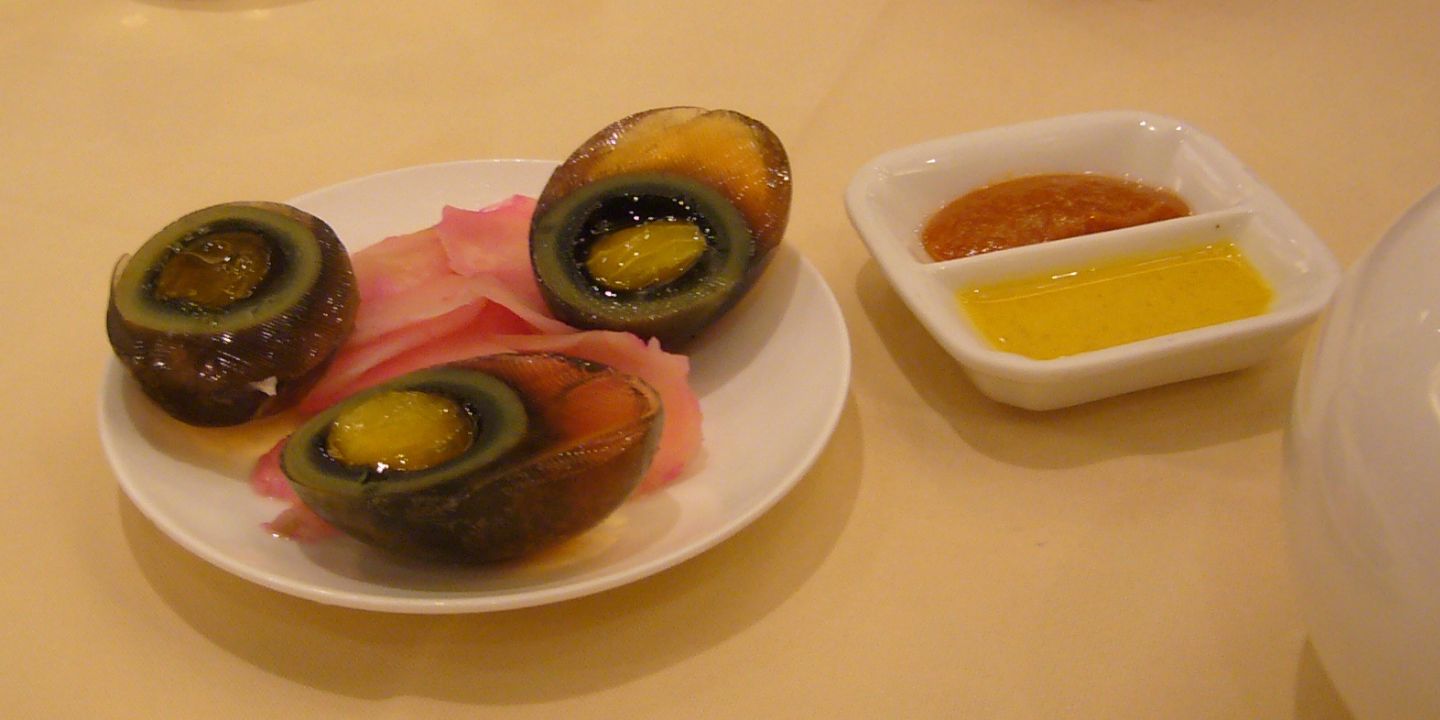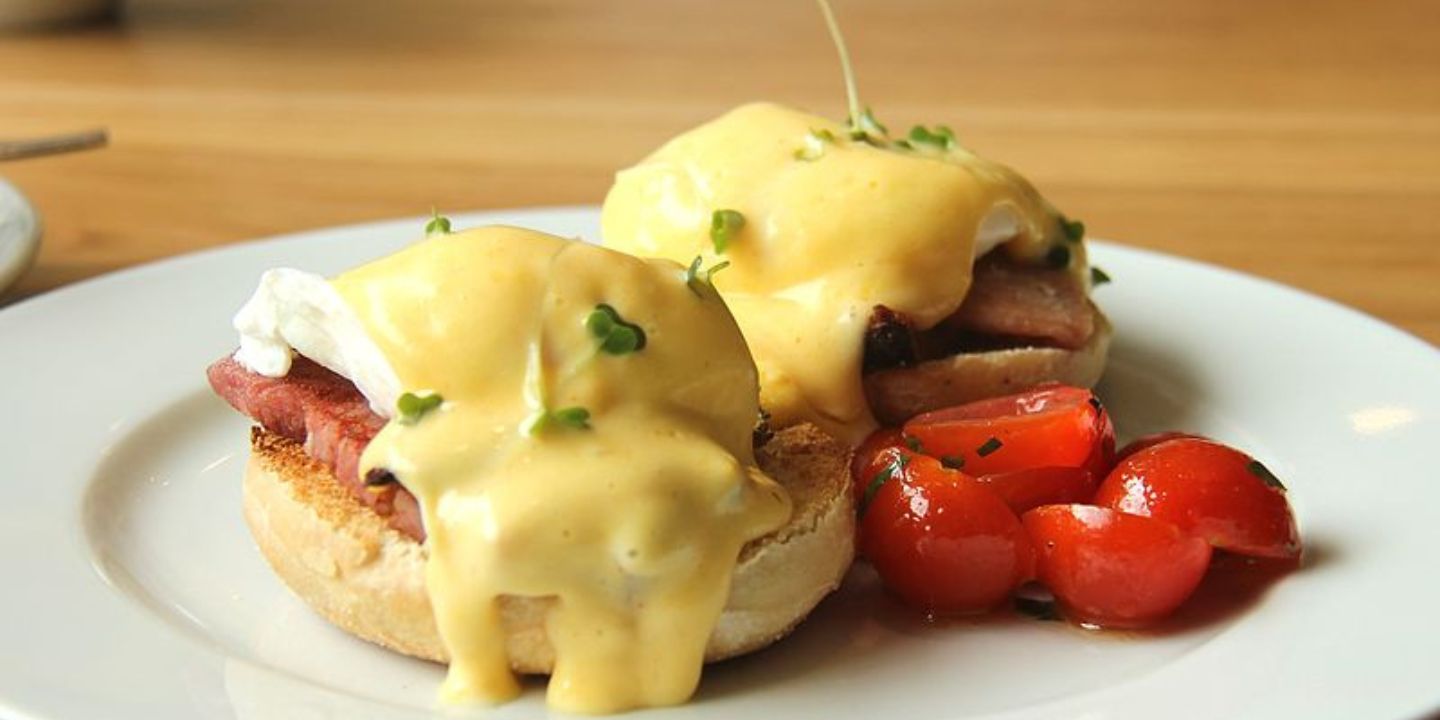Wait, You’ve Never Had A Coffee Crisp?
The United States candy market is a multi-billion-dollar industry, reaching a total of 54.2 billion in sales back in 2024. But there are still so many candies that Americans are being left out of. If you ask an American if they’ve ever had Smarties, you’ll know that they’re not talking about the delicious chocolates, and don’t even get them started on ketchup chips!
1. Mr. Big
This Canadian delicacy was created by Neilson back in 1979. It contains a layered vanilla wafer coated in caramel, peanuts, and rice crisps, and topped off with a chocolate coating. Today, Mr. Big is owned by the popular candy monolith, Cadbury.
2. Crispy Crunch
This popular candy bar has been around in Canada since the 1930s. It was developed by Harold Oswin, an employee of the Neilson candy Company. The bar consists of a peanut butter filling coated in sugar, molasses, and vanilla, all dipped in chocolate. The bar is quite flat and sticky, but incredibly tasty.
3. Smarties
Not the American Smarties, the Swiss Smarties. Nestlé created these candy colored chocolates back in 1937, and has reached markets all around the world. Due to the Smarties Candy Company dominating the United States, however, the original Smarties will likely never be sold on American soil.
4. Caramilk
Created by Cadbury back in 1968, Caramilk is a caramel-filled chocolate bar that is quite popular among Canadians, Australians, and New Zealanders. While the most well-recognized bar is the Canadian brand, the UK uses the Caramilk brand for its caramelized white chocolate bar.
5. Maynards Gummies
Maynards was invited to the UK back in 1896 by brothers Charles Riley and Tom Maynard. The company originally made wine gums, but now makes popular candies like Swedish Berries, Fuzzy Peaches, Sour Patch Kids, and many more.
6. Tunnock’s Teacakes
This Scottish-based company is one of the oldest family businesses in Scotland. The company started in 1890, with its teacakes becoming a popular item after hitting the shelves in 1956. The teacakes are made up of a small round shortbread biscuit covered in Italian meringue, and usually dipped in milk or dark chocolate.
 No machine-readable author provided. Twid assumed (based on copyright claims). on Wikimedia
No machine-readable author provided. Twid assumed (based on copyright claims). on Wikimedia
7. Ketchup Chips
Synonymous with Canada, Ketchup chips have been a Hostess staple since 1970. The flavor is so popular in Canada that Frito-Lay produces millions of bags each year. Ketchup chips have been described as having a sweeter barbecue flavor, with main flavors being tomatoes and sugar.
8. Wunderbar
This Cadbury bar is made up of peanut butter and caramel coated in chocolate. The name comes from the German word “wunderbar,” meaning “wonderful” or “marvelous.” Wunderbars were originally launched as Star Bars back in 1976, and continue to be used in the United Kingdom today.
9. Mackintosh’s Toffee
This popular Nestlé product first hit the streets of Yorkshire in 1890 and has maintained prominence in the candy industry ever since. While there are some differences between the Canadian and British versions, it’s apparent that Nestlé has chosen not to distribute these toffees in the United States.
10. Kinder Bueno
The Kinder Bueno bar comes from France and Poland, and is a part of the Kinder Chocolate brand line. It was introduced back in 1990, featuring a hazelnut-cream-filled wafer dipped in dark chocolate.
11. Coffee Crisp
This Canadian staple is made up of layers of vanilla wafer and coffee-flavored candy, coated in milk chocolate. The bar was actually introduced in the United Kingdom in the 1930s, under the name Rowntree’s Wafer Crisp. After coming to Canada, the well-loved coffee variation hit the shelves in 1938.
12. Big Turk
This popular candy bar has been sold in Canada since 1974. Originally made by Smiles N’ Chuckles, which was bought by Nestlé, Big Turk is a dark magenta Turkish delight that’s covered in a chocolate coating.
 Unknown authorUnknown author on Wikimedia
Unknown authorUnknown author on Wikimedia
13. Aero
This bubbly bar was created by Rowntree’s back in 1935. The process of creating this chocolate is to heat it and then aerate it to create the well-loved small bubbles within a chocolate shell. Aero was so popular in the UK that it made its way to Canada, Australia, New Zealand, Germany, South Africa, Japan, and Ireland in the subsequent years.
14. Maltesers
This British confectionery product was manufactured by Mars Inc. back in 1937. The lighter-than-air candy consists of a malted milk center dipped in milk chocolate. The product is also known for its Fairtrade accreditation, as the UK and Ireland factories source all their cocoa and sugar under Fairtrade Terms.
15. Bounty
Created by Mars Inc. back in 1951, this popular bar made a name for itself everywhere except the United States. Consisting of a coconut filling dipped in milk chocolate, this polarizing candy failed to make headway when it attempted to enter the American market in 1989.
16. Crunchie
Created back in 1929 by J.S. Fry & Sons, this Polish candy bar consists of a honeycomb toffee filling dipped in milk chocolate. While popular in the UK, Canada, and other countries, its makeup was actually quite similar to Australia's 1913 candy, Violet Crumble.
17. Plopp Bars
These Swedish candy bars are owned by the company Cloetta. Consisting of milk chocolate with a caramel center, this bar has been a cornerstone of the Swedish candy market since 1949, with over 95% of bars being sold in Sweden.
18. Lion Bar
Created by Rowntree in 1976, but owned by Nestlé today, this delicious candy bar consists of a wafer layered with caramel and cereals, and topped with milk chocolate. Thanks to the photo of a roaring lion on the front of the candy, Nestlé partnered with Animal Planet to promote the chocolate across the United Kingdom.
19. Prince Polo
This popular chocolate wafer bar is a top-seller in Poland. It was introduced back in 1955 by the company Olza S.A., and has found its way to shelves in various Slavic countries, as well as Indonesia, Greece, Iraq, Libya, Iceland, and several others.
20. Ptasie Mleczko
Another Polish staple, this candy bar consists of a marshmallow-like interior wrapped in chocolate. The name comes from the Greek expression, “the milk of the birds,” and was created by E. Wedel back in 1936.


























